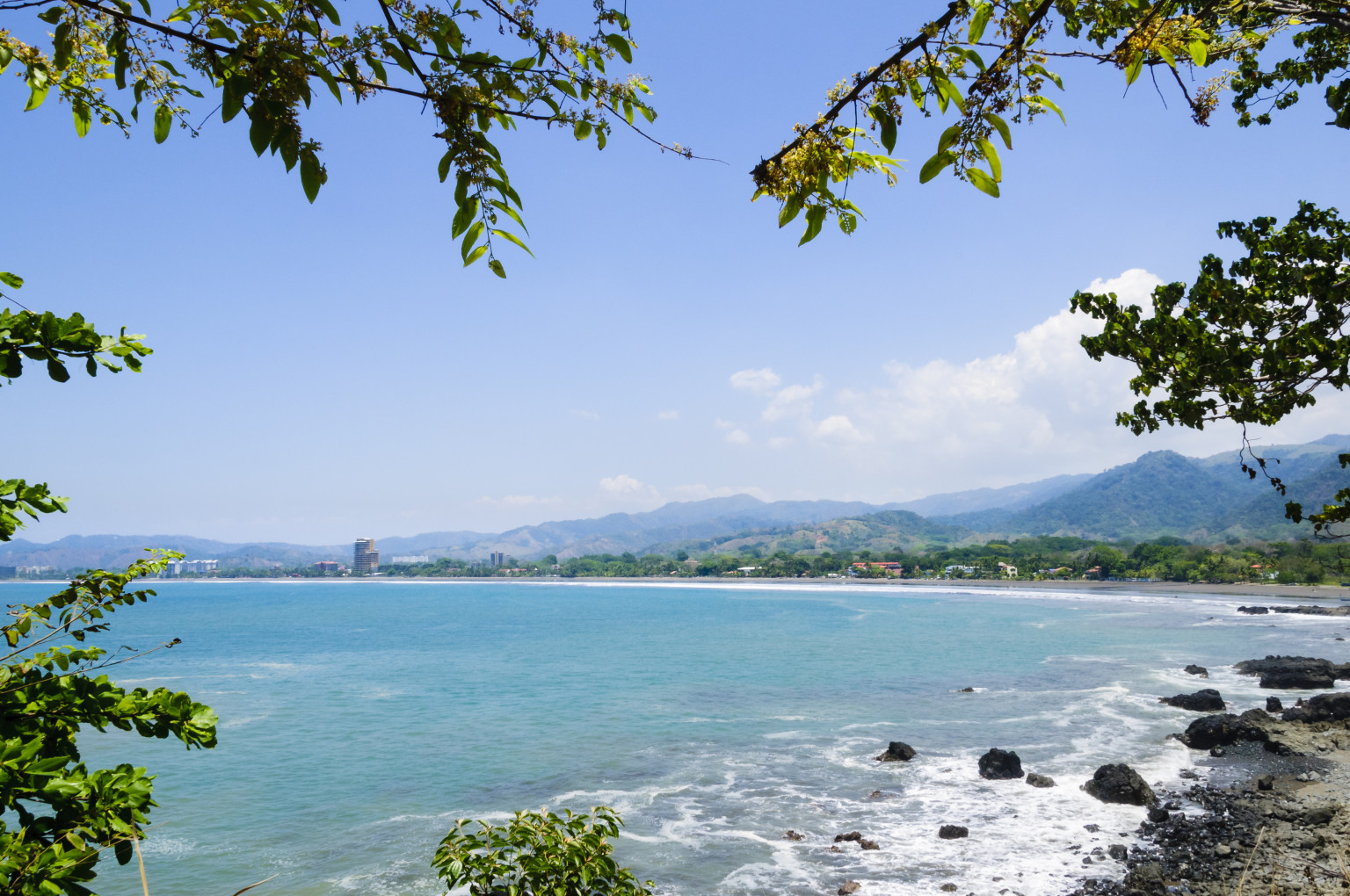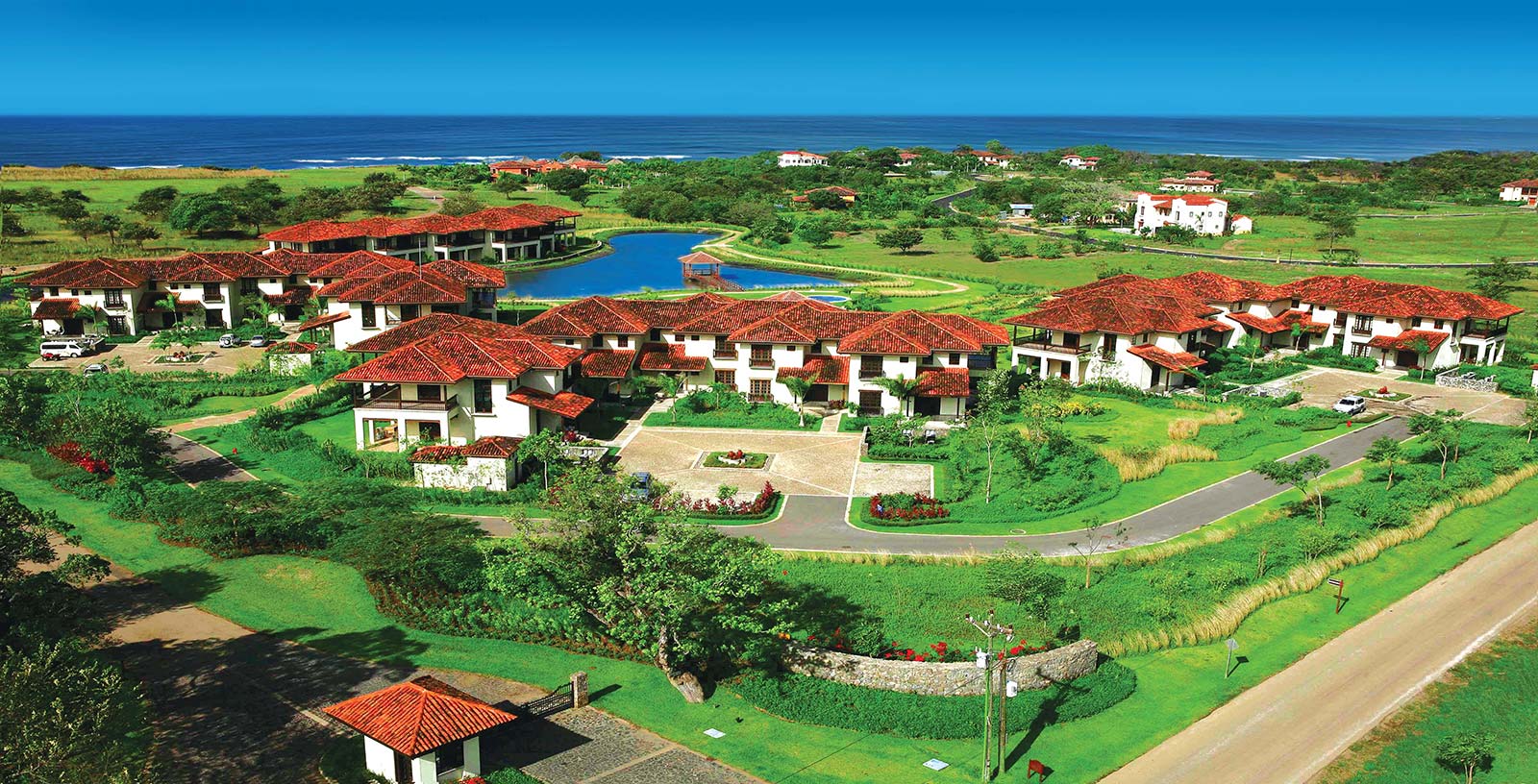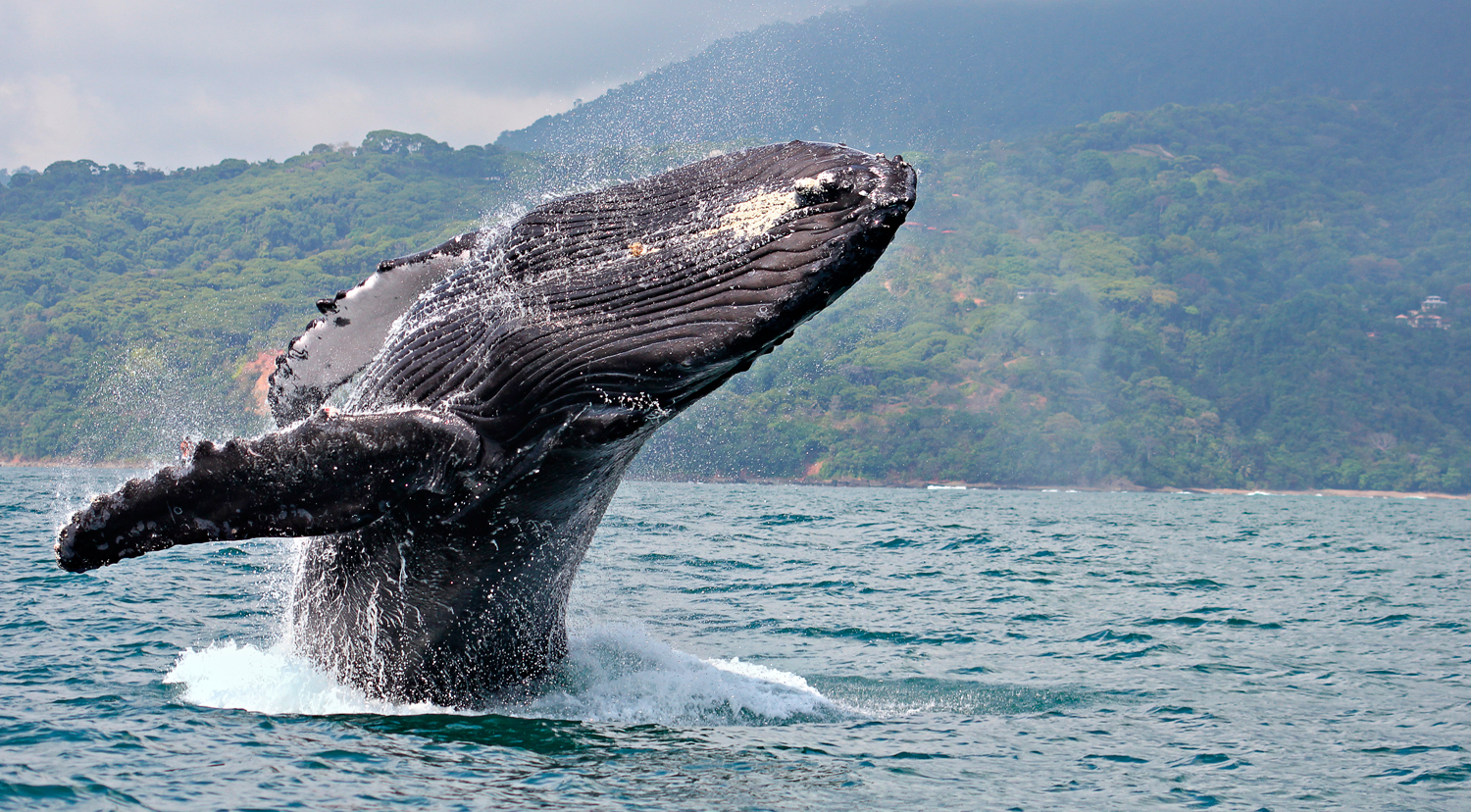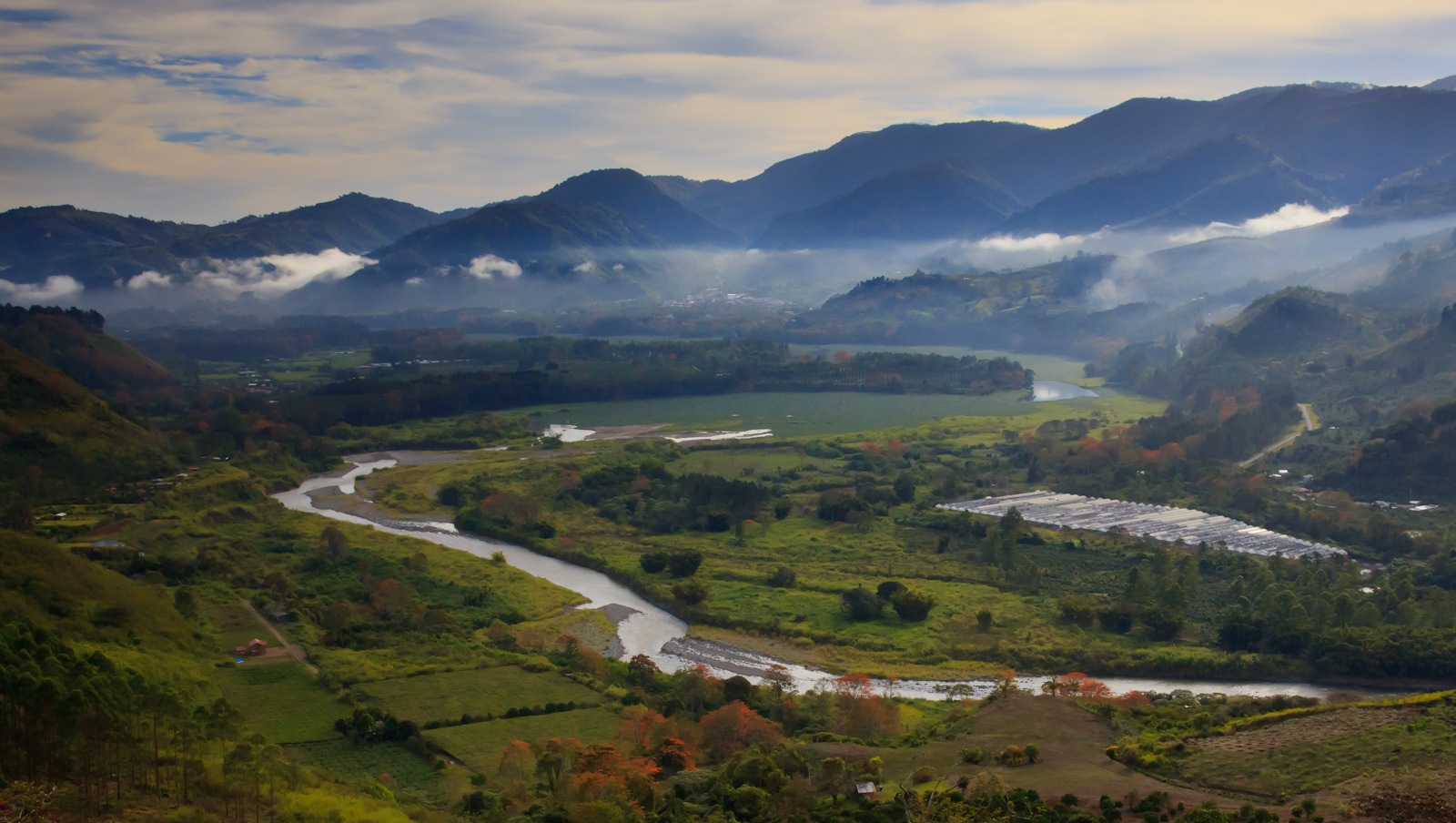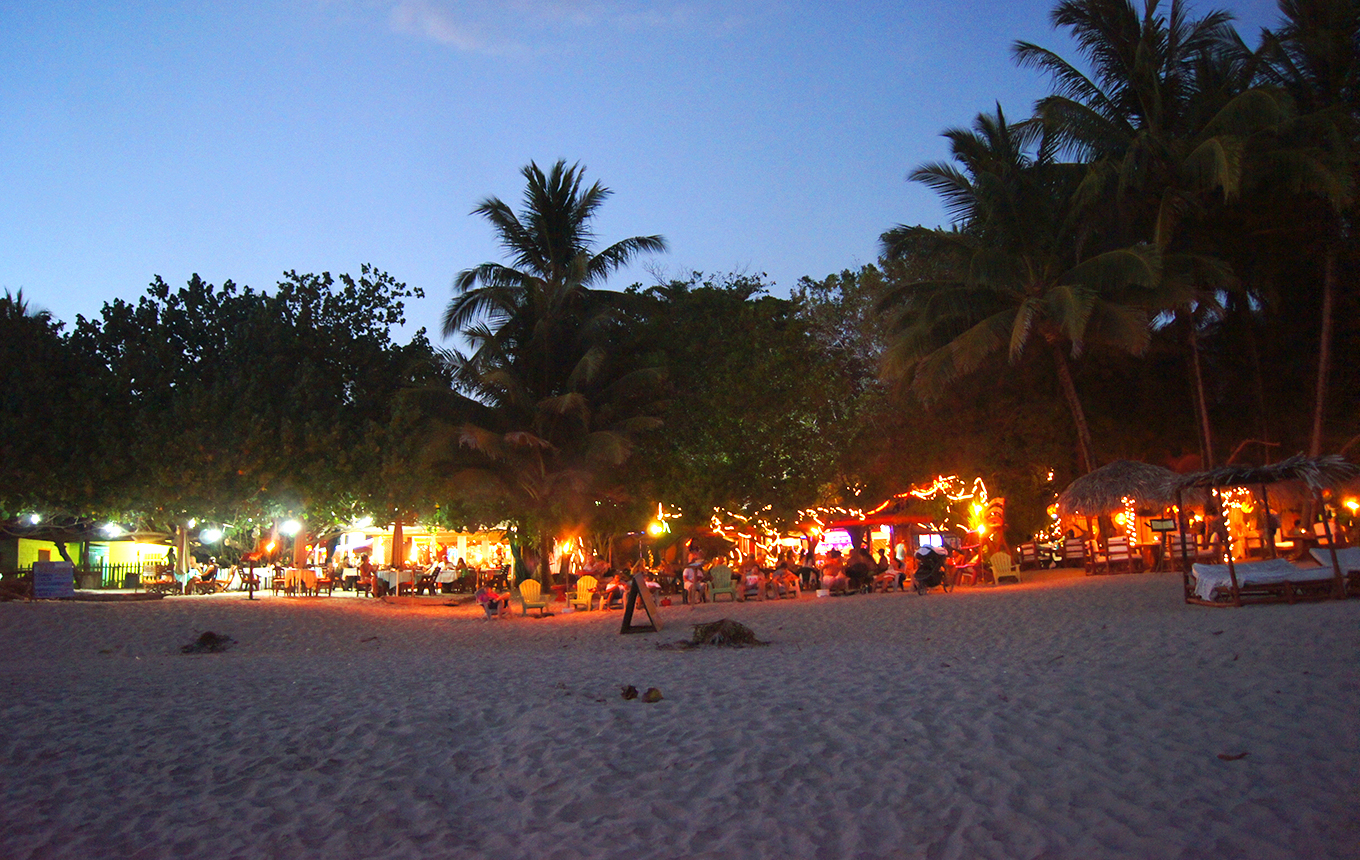Ask almost any non-Costa Rican who is living in Samara why they’ve stayed, and you can bet that nine times out of ten, the answer will have something to do with the lifestyle. Whether you’re considering buying a vacation property in Samara, Costa Rica, or are thinking of visiting the beach town, you can bet that once you arrive, you’ll find yourself quickly falling in love with the lifestyle, too.
Every year, more North Americans and Europeans find refuge from the noise, appointments and endless responsibilities of home in the laid-back town of Samara. Here, the pace slows to a tempo that provides time and space for appreciating the small things: Conversation with friends, watching a sunset, an impromptu game of soccer on the beach, feeling Pacific waves crash against your body.
What’s an average day like in Samara? It might go something like this:
6:00 am
The calls of howler monkeys in the distance awaken your senses. As your eyes open, you register a glorious sunrise peaking over the tops of the tree covered hills outside out windows, and you hear the songs of a dozen species of birds enter your room with a cool breeze from the sea.
6:30 am
A hot cup of incredible Costa Rican coffee is ready for consumption in the kitchen. You throw on a pair of shorts, and maybe a shirt, plus the nearest pair of sandals and wander out the door, coffee in hand.
6:35 am
Your short stroll down the road leads you to Playa Samara (Samara beach). In five quick minutes, you’ve wished a good morning to no less than four people you recognize as friends or acquaintances, who return the greeting with a smile.
7:15 am
You’ve walked a glorious mile or so along Playa Samara. It’s still a little cool out as the sun rises higher, but the day is heating up. Along the walk, you stopped to chat with a few more friends, watched dogs play in the sand, saw surfers catch the first few waves of the day. You’ve finished your coffee and maybe stopped for a second at Locanda or another cafe right along the beachfront. On your short walk back home, you stop in at the little grocery market to pick up breakfast: a fresh papaya, pineapple and mango, some local cheese and a couple of plantains.
7:30 am
Back at home, you cut up the fresh fruit and grill the cheese and plantains, and sit down for a supremely healthy and delicious breakfast on your patio with the company of your wife or husband and kids. Everyone eats slowly, enjoying every bite and chat about yesterday’s events, about friends, about nature, about whatever. You realize that you’ve never felt closer to your family than this. The kids fight less, no one’s stressed and life in general is rather wonderful.
8:45 am
After a shower, the family hops in the car for a morning kayak and snorkeling tour to explore the beautiful and white sanded beach in Isla Chora, just a few minutes from paddling off Samara. Kids are stocked to find and interact with all kinds of colorful fish in the clear waters of the island or take a slow stroll along the shoreline where the water laps at the sand with your husband or wife, and try to imagine what your friends back home are up to right now.
11:30 am
Excited after the experience you just had, what better than stopping by the Samara Guide office to say hi to the guys who recommended you such an unique experience, get a super refreshing and healthy 100% organic cold pressed juice made out of local fruits/vegetables and reserve your tour for the next day… Maybe half-day fishing tour, surfing lessons or even an exiting canopy tour!
12:00 pm
Lunch time rolls around. Maybe today the family picks up a “casado” from the local soda (restaurant) and eats in the shade beside a handful of other families, both Costa Rican and from abroad.
Or if you are looking for vegetarian and/or vegan options you can check out LuvBurger… Can’t go wrong!
1:15 pm
It’s coming close to the hottest part of the day, which means it’s siesta time. Everyone heads back to the car for the brief drive home and has a nap in the shade or under the comfort of the air conditioner.
3:30 pm
With the family well-rested and refreshed, you all head out the door again for the short journey into town and check out a few of the cute boutique shops along the main street of Samara. The kids find funny hand-crafted toys and your spouse picks out an original T-shirt that looks like it will stay cool during those hot Costa Rican days.
5:00 pm
It’s happy hour! Most of Samara’s bars and restaurants have happy hour specials toward the end of the day to encourage locals and visitors to come out for a drink or two at sunset. Don’t worry, the kids are allowed in and they pick out iced tea, while you and your significant other decide on mojitos or beers.
5:15 pm
The whole family sits at the beach, enjoying the cool drinks, among dozens of others doing the same. You pick a prime location with uninterrupted views for the approaching sunset. Surfers navigate the crashing waves just a few yards away and the locals pass by, waving hello, with bikes, dogs and friends in tow. A vendor stops to offer a fresh, cool coconut – it’s full of refreshing coconut water, packed with electrolytes. The temperature is very comfortable and you snap a few pictures of the kids and the changing colors of the sky, sitting next to the one you love.
6:00 pm
The sun makes its descent beyond the horizon. The sky is illuminated in a stunning palette of hues: reds, pinks, purples, blues, corals and indigoes. You realize you’d never see something like this back home, or wouldn’t have the time to truly enjoy it like you do here. You make a personal resolution to never miss another sunset.
6:05 pm
Dinner time. Maybe the family stops in at one of the beachfront restaurants for some fresh seafood, salads, grilled meat and seasonal fruits, or you stop at the grocery market once again to pick up pasta and locally grown beef, avocadoes, or whatever you’re in the mood for.
8:00 pm
Dinner was better than any dinner back at home. Not just the fresher food, but you notice that the kids are better behaved and your spouse seems to listen better than ever. The saying Pura Vida you hear so often around here (pure life), begins to resonate.
8:30 pm
You decide it’s game time. With the kids, you play charades or a board game, or maybe a makeshift water polo match in the pool. You realize that back home, the TV would be on and no one would talk to each other, but the kids haven’t even mentioned turning on the TV. This is what life is all about: Quality time spent with the people you love the most, creating experiences and memories for your kids to grow up with.
10:00 pm
The kids are beat and so are you. Everyone heads to bed with the sound of crickets reverberating outside the house as a kind of white noise that guides you to the most restful sleep you can remember in years. In a few hours, the sun will rise again, and the pattern will repeat and you’ll realize, this is how life was meant to be lived.
If you are interested in knowing more about the area or looking at property while here, talk to the people at the Samara Guide/Properties in Costa Rica office, they’ll be happy to help you and guide you in the right direction!
1 Comment

